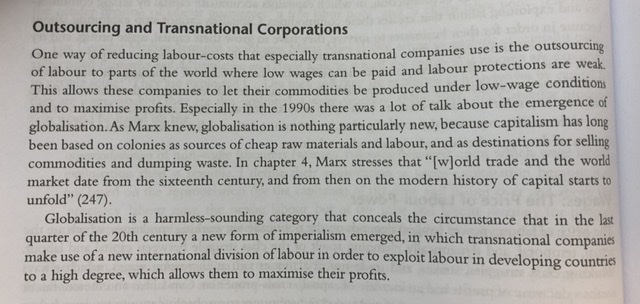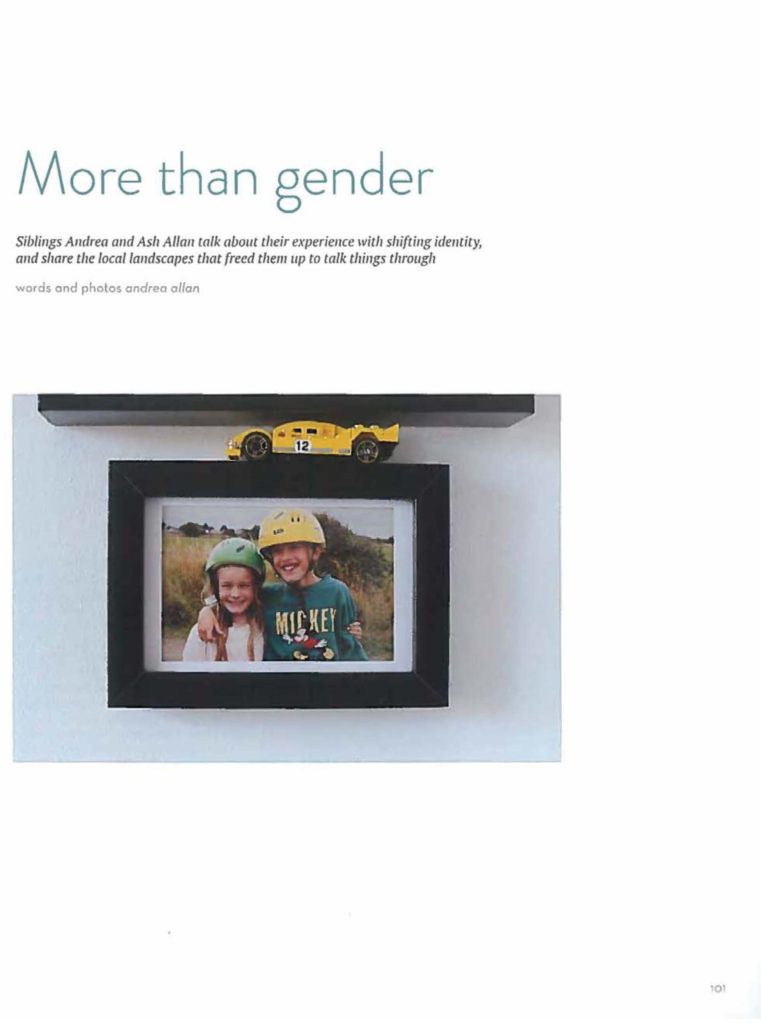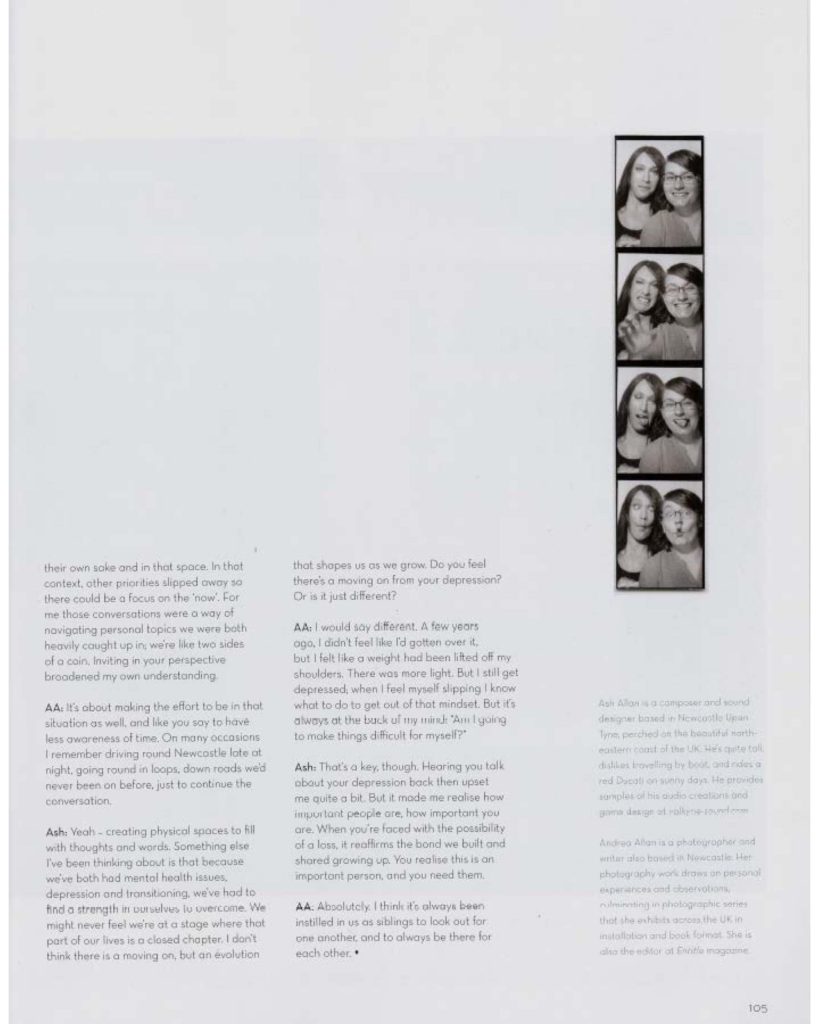NOTE: I did this essay back in lockdown, so I have copied and pasted my essay and added more theorists and contextualisation
Judith Butler describes gender as an “identity instituted through a stylised repetition of acts”. In other words, it is something learnt through a repeated performance.
How useful is this idea in understanding how gender is represented in music videos? Refer in detail to your chosen style models.
Judith Butler is an American philosopher and gender theorist whose work influenced political philosophy and ethics and also the fields of third wave feminism. Her work was influenced by Jacques Lacan and Karl Marx and her work is famous for having notable ideas on gender performance and gender as a social construction. Jacques Lacan came up with the mirror theory, which explores how in infants first identify themselves by seeing their reflections in a mirror, thus identifying that people may look at media and interpret it in different ways and will therefore possibly have a different understanding of it compared to others.
Another theorist that can be linked to the representation of genders in media is bell hooks. bell hooks is a theorist who said that we need to engage with popular culture in order to identify class struggle domination, renegotiation and revolution. An example of bell hooks’ statement includes one of my chosen music video style models, Just the Way You Are by Bruno Mars because the video includes both a Latino male and a woman of white skin colour. We can also analyse gender representation through the theorist Van Zoonen, who believed that the media portray images of stereotypical women and this behaviour reinforces societal views. This links to both Just the Way You Are and Sunflower because women are presented as sex symbols and the music videos follow the dominant ideology on the representation of women. This is because in Just the Way You Are, Bruno Mars is singing about the perfect features his crush has and the women is presented to be seen as a sex symbol by males through the use of her minimalist clothing (skimpy shorts) and the shots of the side portfolio of the women, which defines her breasts. Similarly, Sunflower does the same technique as Just the Way You Are and emphasize the women’s breast and buttocks, thus creating voyeurism towards the male audience.
To begin with my analyses, I will explore in the representation of one of my style models, Just the Way You Are by Bruno Mars. At the beginning of the music video, we are shown a young women in an off the shoulder top with tattoos on show and she is wearing a pair of skimpy shorts. This links to Mulvey’s theory, where Mulvey said that “the cinema offers a number of pleasures”. One of the pleasures Mulvey talks about it voyeurism, which is the sexual pleasure gained from looking. This suggests that the female gender is seen as a sexual pleasure for the male gender, which is also supported by the fact that throughout the music video, it is apparent that Bruno Mars has fallen in love with the female, because he strokes her cheek, sits next to her and hugs and also when the camera is focused on the two characters, Bruno Mars appears to be looking into the eyes of the female character. It is also significant that Bruno Mars is Latino, whereas the female character he appear to fall in love with has white skin. The song was released in 2010, which is just before the fourth wave of feminism began and this was when feminism aimed to recognize the use of new social media platforms to connect, share and recognize new experiences and responses. This is significant by the way the song was released on new and upcoming music streaming platforms, such as YouTube, Apple Music, and Spotify. However, it is apparent that this music video is trying to bring a historical message, which is shown by the way that the female character is listening to music off a cassette tape. The song is modern, hence being released in the 2010s, however Bruno Mars, a Latino, falling in love with a white women links to the third wave of feminism and identifies that you can find love, no matter what your skin color is. Therefore, the music video is delivering a subliminal message that from the age of the cassette tape, you can love whoever you want, you don’t need to be restricted like in the past. Following on with Mulvey’s theory of how the “cinema offers a number of pleasures”, another pleasure Mulvey talks about that is being presented in the music video is fetishism, which is when parts of the female body are made to be looked at. This fetishism is shown in the music video through the beginning close up, panning upwards of a beautiful female figure, closing her eyes and her face is tilted towards the light. The women’s face is also focused on and the background is blurred, thus identifying that the female figure is the key attraction and needs to be focused on. Finally, when the shots of Bruno Mars appear, he maintains eye-contact, which can also be seen as the “male gaze”, since Bruno Mars is singing about how much he loves the woman figure and how her features are perfect, thus linking to the fetishism (Mulvey’s male gaze theory) presented in this music video.
My second style model I will be talking about is Sunflower, by Post Malone and Swae-Lee. This music video is complete animation (compares to Just the Way You Are having some elements of animation and some real life shots) and was released in 2018, which was during the fourth wave of feminism, which focused on new issue arising in the 21st century, such as rape, pornography, body shaming and privacy. To begin with, the male protagonist is a regular school boy, however he is also Spider-Man. This links to the third wave of feminism which demonstrated pluralism towards race, ethnicity, skin color, religion and nationality because stereotypically, all the Marvel superheroes and villains appear to be of white skin, however, the song the movie is part of, Spider-Man: Into the Spider-verse breaks this stereotype and includes people with black skin, thus being all inclusive and identifying that you can’t be restricted from doing what you want due to the color of your skin. When the protagonist is at school during the music video, Mulvey’s theory of voyeurism is shown because the female character appears to gaze into the eyes of the audience and appears to be “perfect” in the way she has luscious long, blonde hair and bright blue eyes, which grabs the attention of the audience. Mulvey’s theory of fetishism is also shown when there is a close up of a man holding a photo frame of a women. The male figure appears to be blurred, with the main focus on the female figure, which identifies that the main focus on the music video is of this female character. In the close-up of the photo of the female, the sense of fetishism is shown through the way the female character has a big smile, with her white teeth and bright red hair being the main attraction to gain the audiences attention. The female is also standing sideways, thus following the dominant ideology of women are seen as a sexual pleasure as she is showing off her curves, which also links to CSP 1 on Lara Croft: Tomb Raider. Finally, Mulvey’s theory of fetishism is shown when the masked women removes her mask and there is slow motion of her hair swaying in the wind. The women, once again, is standing side on, possibly to emphasize her feminine features, such as her curves and her bright green eyes attract the audiences attention, while she establishes a “female gaze”, thus creating a sexual pleasure for the audience, gained by looking at the female character.
Next, I will talk about the representation of gender in the music video The Scientist by Coldplay. Chris Martin maintains eye contact with the listener and it can be argued that the eye contact creates a “male gaze”. This links to Mulvey’s thesis, who identified that the male gaze suggest that women create a sense of voyeurism, which is the sexual pleasure you gain in looking. Similarly, The Scientist was released in 2002, which was during the time of the third wave of feminism. During the third wave of feminism, people had came to the realization that women were of different cultural backgrounds, ethnicities, nationalities, skin colors and religions. This is identified in the end of The Scientist when Chris Martin is driving along with a women in the passenger seat. This women appears to be white and the women appears to be sexualized through the way she takes off her jacket and appears to be wearing a very “revealing top”. The clothing choice of the women figure links to Mulvey’s theory, where she talks about voyeurism, the sexual pleasure gained from looking. Therefore, it is significant that from Mulvey’s theory, women are usually seen wearing skimpy clothing, therefore they are seen as a symbol for sexual pleasure towards men. Finally, this music video is quite contradictory, as women are usually seen as the workers, whereas the man goes off to work, but this music video has a reverse narrative and the protagonist is seen in the beginning, lying on a mattress in what appears to be a poorer part of London, which is identified through the vandalism, and how there are no houses nearby.
Next I am going to discuss the 2 Magazine CSPs, Oh and Men’s Health. Oh is a female-orientated magazine which is published by Pirates Ahoy!, a subsidiary of Iceberg Press. Oh focuses on food, recipes, film, fashion, music, art and culture and is distributed both as an online magazine or printed as a physical copy. Contrastingly, Men’s Health is a male orientated magazine and published by Hearst Communications, which is a conglomerate media corporation in America and its subsidiaries include Lifetime Entertainment Services. It can be argued that the magazine “Oh” is breaking the stereotype of women. In stereotypical female -orientated magazines, women are sexualised by wearing revealing clothes and the photo usually include their breast area, which can create a sense of voyeurism towards males who may view this magazine. This links to Mulvey’s theory on the male gaze as women are viewed as a sexual object, rather then as a human. However, Oh challenges this gender stereotype and instead has their models on the front cover wearing very covering clothes and the shots of the models are only head shots or the model’s arms are covering their breasts, which is taking away the stereotype of woman being seen as a sex symbol. This can be seen as empowering to women and removes the stereotypes we associate with women within magazines and the use of only females in the magazine identify that the prime target audience is women. However, Men’s Health is very contrasting in the way it represents males. Unlike Oh challenging the dominant ideology held against women, Men’s Health follow the stereotypical views people have of men: strong and powerful. This is shown on the front cover of Men’s Health by the use of Vin Diesel having muscles and the clothing choice to emphasize the muscles the male has. Similarly to Oh, Men’s Health uses only male figures in their magazine, thus identifying that their target audience is males.
To conclude, males and females are represented very differently in the music videos I have chosen as my style models and within both Oh and Men’s Heath. A majority of the music videos I have chosen include women, however these women are seen as a sexual pleasure and the men gain a sense of fetishism and voyeurism towards them, identified by the close up of the female and the “male gaze” that is established from the male character towards the camera. The females also appear to be wearing minimal clothing, such as skimpy shorts and a very revealing top, thus identifying they can be seen as a “sex symbol” and the minimalist clothing creates a voyeurism towards the male audience that may view the media. The women figures also have “perfect features” and linking to the fourth wave of feminism, identify what the perfect women should look like, which in today’s world is bad as it leads to women becoming insecure of how they look and it may cause them to gain ad habits, such as starving themselves to be this “perfect figure” that you see in music videos. However, it can be argued that Oh is a radical magazine because it takes away the representation of women being seen as a sex symbol, which is identified by the use of shots of the female models from the shoulders up and the women wearing long sleeved clothing, rather then the common minimalist clothing we associate with females within magazines, wheres Men’s Health follows the dominant ideology held towards males, which is shown by a muscly Vin Diesel on the front cover and the double page spread including a man running, which creates the dominant ideology that all men are fit and strong. The male’s strength is also identified by Vin Diesel showing off his muscles on the front cover of Men’s Health in a vest top..



















